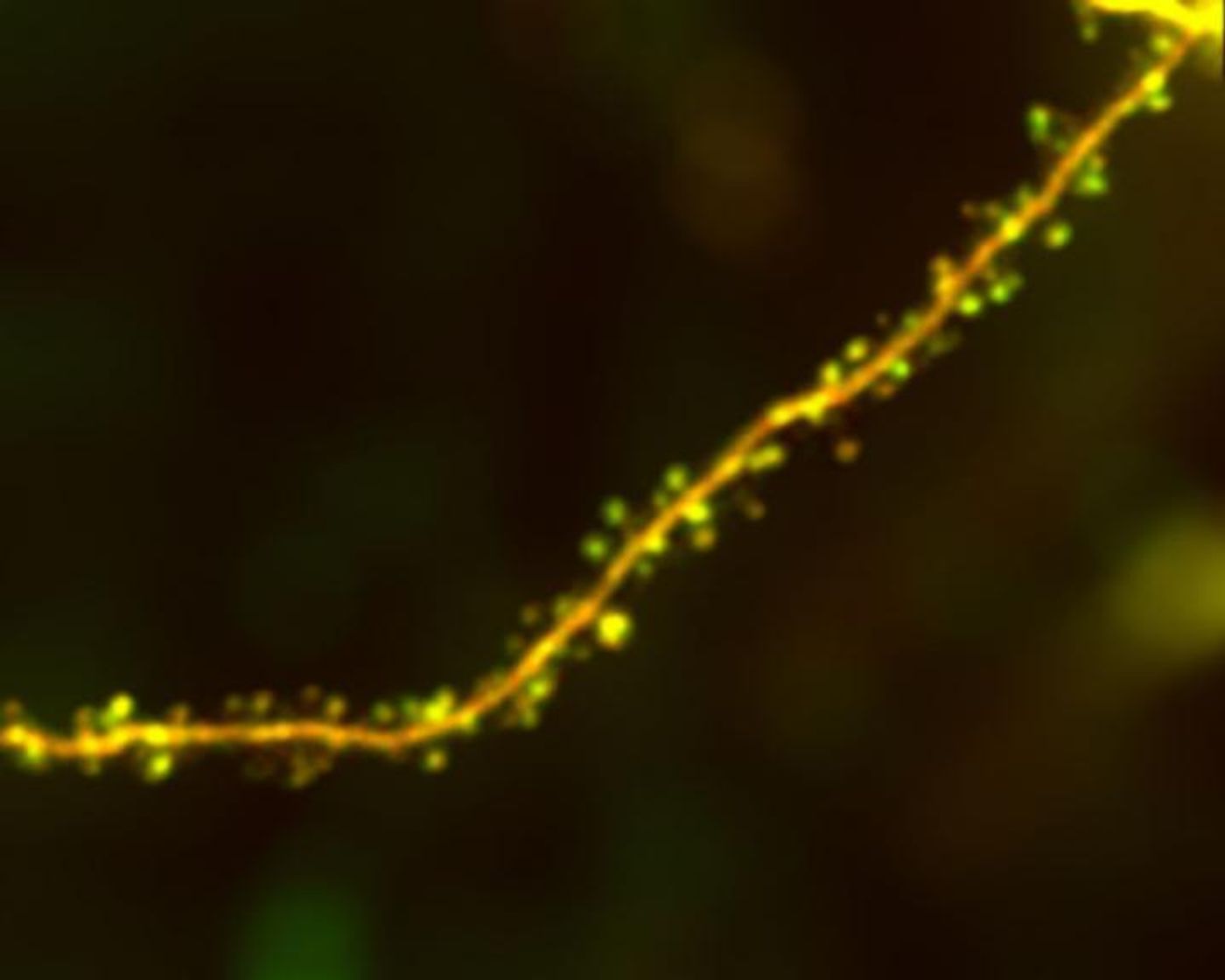A Basic Rule of Brain Plasticity is Revealed
Our brains can adapt and learn, and that changeability is called neural plasticity. Connections between neurons can be maintained or made weaker or stronger, and it has been suggested that a balance of strong and weak connections, or synapses, must be maintained. New work by scientists at the Picower Institute for Learning and Memory at MIT has confirmed that hypothesis. They found that when a synapse gets stronger, there is an immediate weakening in nearby synapses, and a protein called Arc modulates that change. The research was reported in Science.
The senior author of the study, Mriganka Sur, was excited to find a simple rule laying the groundwork for a complex system like plasticity in the brain, but it was not surprising. To him, it’s analogous to a school of fish that can suddenly change direction, following the lead of one fish.
"Collective behaviors of complex systems always have simple rules," said Sur, the Paul E. and Lilah Newton Professor of Neuroscience in the Picower Institute and the Department of Brain and Cognitive Sciences at MIT. "When one synapse goes up, within 50 micrometers there is a decrease in the strength of other synapses using a well-defined molecular mechanism."
Complex experiments went into this research. Lead authors and postdoctoral fellows in the Sur lab, Sami El-Boustani and Jacque Pak Kan Ip, used optogenetics, in which genetically-engineered neurons can be stimulated with light.
The scientists targeted a specific place on a neuron while showing the mouse a target. They could then change the positions of the target and flash a light on the visual cortex of the mouse brain to strengthen specific synaptic connections. When those procedures were repeated many times, it changed the receptive field of a neuron.
"I think it's quite amazing that we are able to reprogram single neurons in the intact brain and witness in the living tissue the diversity of molecular mechanisms that allows these cells to integrate new functions through synaptic plasticity," El-Boustani said.
The researchers were able to see the changes when the synapse for the receptive field got bigger; nearby synapses were also getting smaller.
To confirm their findings, the investigators collaborated with a group at the Ecole Polytechnique Federal de Lausanne in Switzerland. A high-resolution, 3D microscopy was used to image the structural differences between the manipulated (and control) neurons.
"This is the longest length of dendrite ever reconstructed after being imaged in vivo," noted Sur, who also directs the Simons Center for the Social Brain at MIT. They also performed additional experiments without optogenetics for additional confirmation.
The team wanted to find out more about the mechanisms underlying this process and focused on a receptor called AMPA to see how it changed as the strengthening and weakening happened. They also followed the activity of a protein, called Arc, that controls the expression of AMPA.
Collaborators at the Kyoto University Graduate School of Medicine and the University of Tokyo were able to add a tag Arc so it could be monitored in a live animal. That allowed the scientists to see that stronger synapses were also surrounded by weak ones with enriched expression of Arc. When the Arc protein was reduced, synapses could express more AMPA and conversely, increased Arc acted to lower AMPA receptor levels.
"We think Arc maintains a balance of synaptic resources," Ip said. "If something goes up, something must go down. That's the major role of Arc."
Sources: AAAS/Eurekalert! Via Picoward Institute at MIT, Science









